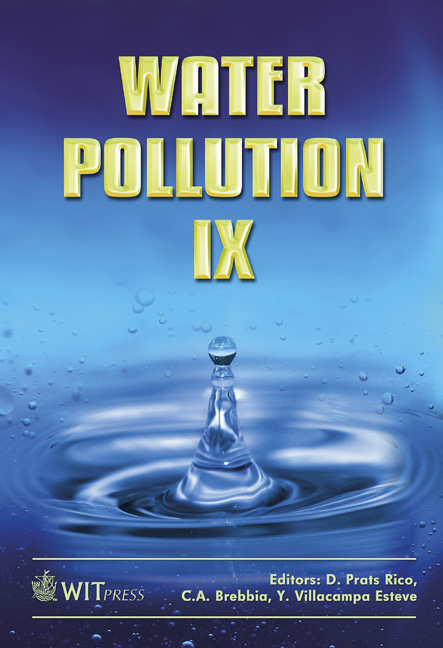Volatile Fatty Acids Production From Winery Wastewaters By Acidogenic Fermentation
Price
Free (open access)
Transaction
Volume
111
Pages
7
Page Range
529 - 535
Published
2008
Size
345 kb
Paper DOI
10.2495/WP080521
Copyright
WIT Press
Author(s)
F. J. Fernández, D. Infantes, I. Buendía & J. Villaseñor
Abstract
The aim of this work was to evaluate the feasibility of the acidogenic fermentation of the winery wastewater to produce Volatile Fatty Acids (VFA). To do that the winery wastewater was characterised in different seasons. The wastewater generated during the vintage presented the best characteristics because it was mainly characterised by its high sugar concentration. Glucose and fructose were the main components with their concentrations being about 1.5 g m-3. Two kinds of experiments were carried out. In these experiments, the fermentation of each one of the main organic substrates in the winery wastewater – glucose and fructose – were studied separately. As result of these experiments, the potential VFA production from the winery wastewater was evaluated. The potential production of these VFA from the winery wastewater generated in Castilla-La Mancha were the following: acetic acid, about 4000 tons, butyric acid, about 1850 tons, and propionic acid, about 370 tons. Keywords: winery wastewaters, acidogenic fermentation, mixed culture, VFA production. 1 Introduction In Mediterranean countries, agro-industries play a significant role, one of the most representative being the winery industry. The winery industry represents a considerable share of the Spanish economy, mainly in Castilla-La Mancha and La Rioja. Nowadays, Castilla-La Mancha is the highest grape producer in Spain representing 53% of the national production. In 1994, 1.2 million tons of grapes were produced; however, this production had trebled by 2004, with 3.7 million tons being produced.
Keywords
winery wastewaters, acidogenic fermentation, mixed culture, VFA production.





